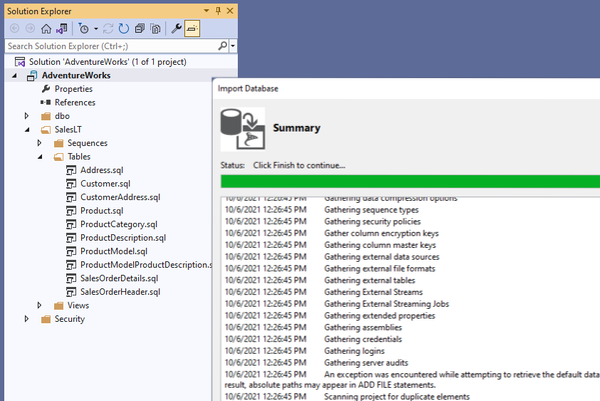
Now click Finder -> Go -> Applications menu item on the macOS top menu bar to open the macOS /Applications folder. When you quit the SQLite3 database, the SQLite3 process is terminated also, which means the SQLite server is stopped. If you want to stop ( quit ) SQLite3 database in the command line console, you can first type to terminate the last statement input, then type. Use ".open FILENAME" to reopen on a persistent database. 192:sqlite-tools zhaosong$ sqlite3Ĭonnected to a transient in-memory database. You can interact with SQLite3 in the command line console, after you input one statement, you need to type a + Enter key to terminate the current input. Execute sqlite3 in the command line, when you see the below messages, the SQLite server has been started. Open a terminal and CD into the SQLite file unzipped folder. Start & Stop ( Quit / Exit ) SQLite Server. You can also run the command $ brew install sqlite3 to install SQLite3 on macOS, and run the command $ brew upgrade sqlite3 to upgrade SQLite3. bash_profile file to add and export your SQLite3 binary file path at the beginning of the system environment variable PATH value like below. If the output sqlite3 binary path is not which you want, you can go to the macOS user home directory then edit. 
Users/songzhao/opt/anaconda3/bin/sqlite3 You can run the command which sqlite3 to show the SQLite binary file path in the system PATH environment variable value.
 For macOS X 10.4 or higher version, SQLite3 has been installed on macOS by default. Now the SQLite server has been installed, it does not need any installation.
For macOS X 10.4 or higher version, SQLite3 has been installed on macOS by default. Now the SQLite server has been installed, it does not need any installation. 
Then unzip the download file into a local folder such as /Users/zhaosong/Documents/WorkSpace/tool/sqlite-tools.Download the SQLite zip file from SQLite’s official website.







 0 kommentar(er)
0 kommentar(er)
